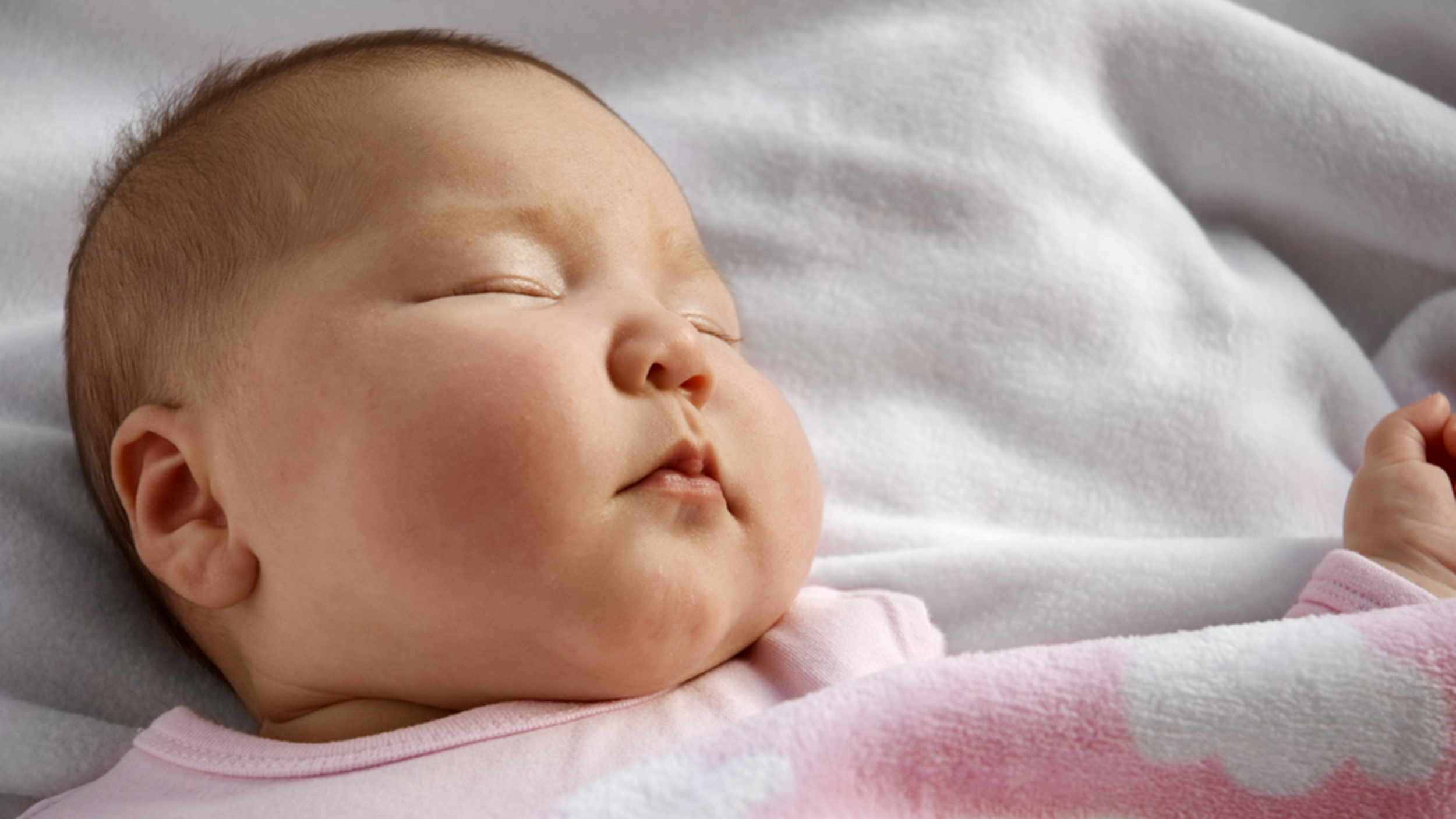One of the reasons babies are so cute is because they’re plump. That’s because they have a generous supply of brown fat to keep them warm. But…once they’re adults, most of their brown fat has been lost.
Last week I read a small excerpt in Men’s Health magazine that referred to the usefulness of brown fat. It had to do with how people exposed to colder temperatures develop more brown fat. So last week at 5 AM, on a 20-degree morning, I ran with only 2 layers rather than the 4 layers that I usually use…all in the name of brown fat!
I’ve also noticed that, at 55 years old, I can no longer eat whatever I want without gaining weight in my stomach. A frequent complaint amongst middle aged people is that we have to work-out twice as hard and painfully restrict our diets, just to get a fraction of the results as younger people. One reason is that brown fat naturally decreases with age…unless you do something about it.
Brown fat is packed with little metabolic-engines called mitochondria (that’s why it’s brown). Compared to white fat, brown fat is able to burn faster to give us energy. Just like we have ‘good’ cholesterol (HDL) and ‘bad’ cholesterol (LDL), consider brown fat as ‘good’ fat and white fat as ‘bad’ fat. Researchers have been surprised to find that brown fat and white fat have completely different origins. Brown fat is derived from muscle.
Conversely, white fat IS NOT derived from muscle, it is a way for the body to store excess calories that have not been used for energy; it’s the fat that we’re all familiar with. White fat STORES calories in large deposits around your body (remember, brown fat BURNS calories). White fat, especially in the midsection, puts you at a higher risk of heart disease, diabetes, and high cholesterol/triglyceride issues (metabolic syndrome).
Everyone has fat that constitutes part of their body make-up and each of us has a different amount that we’re born with. But under the right circumstances, white fat can turn to brown fat; that’s called the ‘recruitable’ type of brown fat.
Turns out that exposing your body to cold temperatures can help with this recruitment process. Research suggests that a couple of hours of exposure to cold temperatures can turn the recruitable fat to brown. Ice baths, cool to cold showers, and drinking cold ice water first thing in the morning are a few ways to promote this process, but the two ways that I like best are to sleep with your thermostat turned down (68 degrees or lower) and exercising out in the cold without too many layers. Interestingly, intermittent fasting is also a mechanism to develop more brown fat (ie: only eating food between the hours of 10 AM to 6 PM), but that’s to be discussed in another article.
Just the act of exercise itself, no matter the temperature, can promote the transformation of white fat to brown. It’s in the research stages, but it looks like it happens through a hormone called irisin. People who are inactive have been found to produce a lot less irisin than people who exercise often. Irisin is especially increased with intense aerobic interval training (think of sprinting for 100 yards rather than a slow, steady jog).
Irisin is called the ‘exercise hormone’ because it’s released during moderate to high-intensity aerobic activity. Think of when you’re breathing really hard and you can feel intense muscle exertion. Irisin is an anti-obesity and anti-diabetes hormone that regulates fat tissue and blood sugar. Irisin works in a few ways to fight fat: 1) It activates a protein that turns white fat to brown fat, which helps to continue to burn energy after you finish exercising 2) It inhibits the formation of white fat in the first place 3) It improves blood sugar regulation
Just sayin’… one more reason to get exercising and avoid sedentary lifestyles.

